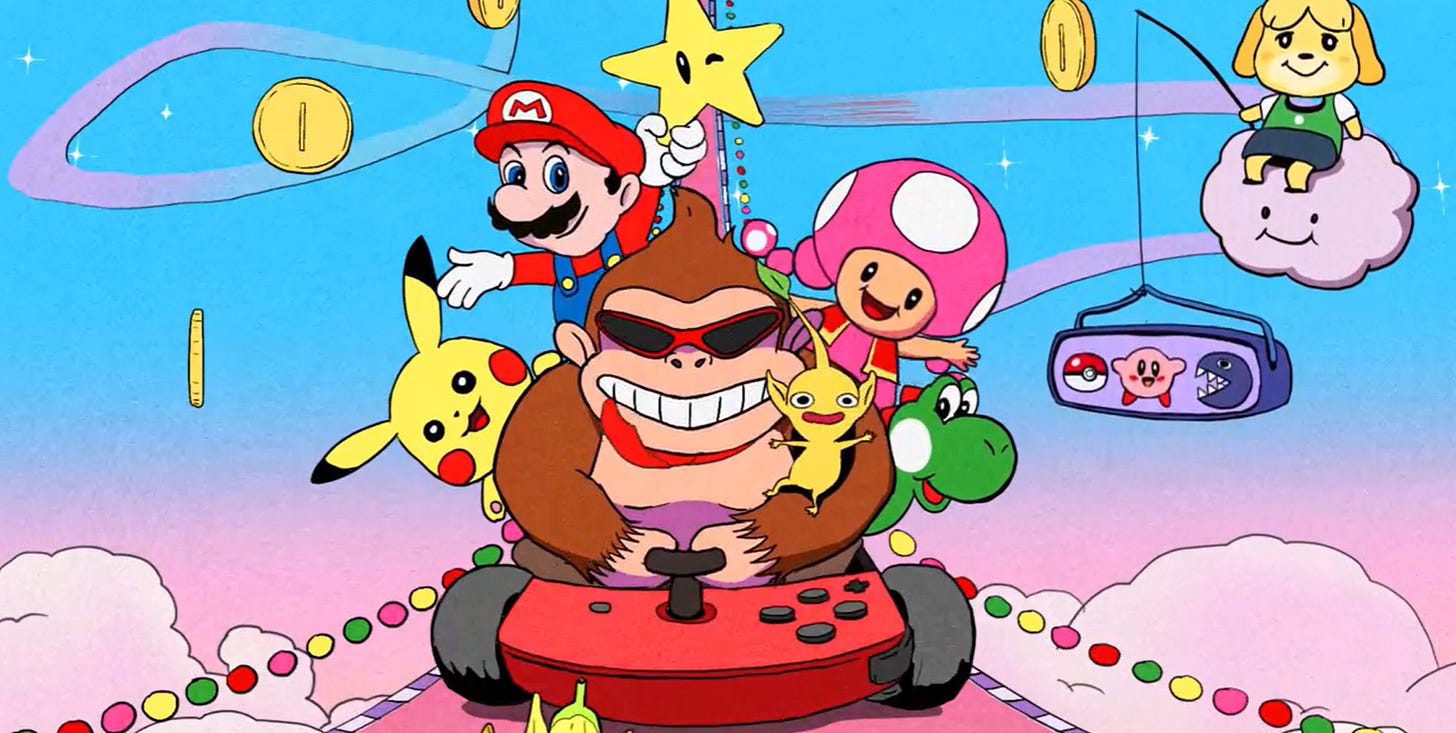“The emphasis has always been on what’s the most fun to play,” said Joost van Dreunen, an entrepreneur who founded a games data firm and now teaches at NYU Stern School of Business. “What Nintendo has never done is confuse itself for a tech company.”
This singular focus on enjoyment has turned characters like Donkey Kong and Super Mario into cultural icons and the 136-year-old company into a global gaming empire worth over $100 billion.
The success also challenges the prevailing wisdom of how a gaming company should be run — including regularly-timed jumps to next-generation consoles to spur software sales.
Nintendo repeatedly pushed back plans for the Switch 2’s launch after its designers asked for more time to perfect the games that would accompany the new hardware, according to people familiar with the matter. While the later-than-expected release tested the patience of fans and frustrated third-party game publishers, the company decided that aiming for perfection was more important.
Along with Shigeru Miyamoto, veteran programmer Satoru Iwata, who took over the company’s leadership from Hiroshi Yamauchi in 2002, is credited with launching some of its most commercially successful consoles. The Wii, released in 2006, broke new ground with motion controllers that could be used as a tennis racket, bowling ball or baseball bat, and the games were designed to encourage social play.
It was a rejection of the graphics arms race and the growing popularity of violent shooting games. It was also the best example of Iwata’s “blue ocean” strategy, which sought to expand the audience rather than fight for a slice of it.
Read more | BLOOMBERG

